Greenwashing is the new black for the car industry
It's easy sounding green than it is actually being green. Here's how the car industry does it, and how basic scientific literacy can help you spot it.
Green cars, clean tech, carbon neutrality, net zero, sustainability. Let’s debunk 2022 green automotive marketing bullshit, and get a little more scientifically literate.
It’s easy to sound green; but a lot harder actually to be green. Whenever you hear the term ‘Zero emissions’, it’s probably a scam, and this report is an example of why.
It’s time to kick electric Volvo/Polestar in the nuts again.
Crossing the Nullabor wasn’t enough - the marketing department had to drop the ‘carbon neutral’ claim…
Recently, the Chinese electric Volvo brand called Polestar dropped the ‘neutrality’ term on Australia after driving a Polestar 2 across the Nullabor and re-charging using a chip fat-powered diesel generator named ‘Biofil’ located Caiguna Station along the Nullabor.
Here’s what they said about that.
Samantha Johnson, managing director of Polestar Australia, apparently really does believe this stuff:
There it is, “...an entirely net-zero exercise” - because CO2 is plant food and we’re just giving it back, paraphrasing the last bit.
In my previous report, I detailed the incredible amount of additional CO2 involved in getting a crop sown, harvested and processed into an industrial agriculture consumer product.
The reason they can get away with saying things like this is because the average person in this country is scientifically illiterate. It’s the same reason nobody in the mainstream media could debunk Scott Morrison’s bullshit EV policy claims.
My AutoExpert AFFORDABLE ROADSIDE ASSISTANCE PACKAGE
If you’re sick of paying through the neck for roadside assistance I’ve teamed up with 24/7 to offer AutoExpert readers nationwide roadside assistance from just $69 annually, plus there’s NO JOINING FEE
Full details here >>
AutoExpert DISCOUNT OLIGHT TORCHES
These flashlights are awesome. I carry the Olight Warrior Mini 2 every day - it’s tiny, robust, and super useful in the field or in the workshop. Olight is a terrific supporter of AutoExpert.
Use the code AEJC to get a 12% discount >>
THE FACTS BEHIND ‘CARBON NEUTRAL’ CLAIMS
Here in Australia, it is disgracefully cool to be dumb, in my personal opinion. And that’s gotta change - if we want to take effective climate action.
Here’s the evidence of ambient Australian scientific understanding:
To Mark Reedman here, it wasn’t reusable, it was a waste product. Reusable is where you use the same thing, again and again. A hammer is reusable. You only used each litre of waste oil, once.
And again with the ‘dinosaurs’ thing. Listen, hydrocarbons are in fact produced by layers of dead plant matter, pressed and cooked in specific geological conditions, over millions of years. Plants; not dinosaurs.
Hydrocarbons - coal, oil and natural gas - are literally nature’s carbon capture. Not dead dinosaurs, sorry to say. The reason we’re in trouble is the rapid liberation of all that captured carbon - that’s scientifically certain at this point.
Vegetable oil is renewable, but not carbon-neutral because of the tremendous input energy on the industrial side of the equation, so there’s that. Unfortunately this is also arguable, apparently:
To Mark Reedman here, it wasn’t reusable, it was a waste product. Reusable is where you use the same thing, again and again. A hammer is reusable. You only used each litre of waste oil, once.
And again with the ‘dinosaurs’ thing. Listen, hydrocarbons are in fact produced by layers of dead plant matter, pressed and cooked in specific geological conditions, over millions of years. Plants; not dinosaurs.
Hydrocarbons - coal, oil and natural gas - are literally nature’s carbon capture. Not dead dinosaurs, sorry to say. The reason we’re in trouble is the rapid liberation of all that captured carbon - that’s scientifically certain at this point.
Vegetable oil is renewable, but not carbon-neutral because of the tremendous input energy on the industrial side of the equation, so there’s that.
Unfortunately this is also arguable, apparently:
Couple of problems with that, Kevin Blythe. It’s a very selective way of looking at the problem. But we can’t just re-allocate the CO2 involved in getting chip fat to the middle of nowhere to the truckie buying the chips because it’s convenient.
In this a Mafia-style CO2 accounting system or Scott Morrison’s kyoto carbon credit scheme. The user of the primary product pays protection to the alleged green user of the green waste. This is a green virtue by a team of consultants.
It neatly frees up the virtue for the Polestar 2 owner who’s hell-bent on crossing the nation in the least-suitable vehicle of all time for doing so.
You cannot discount this protection method of CO2 attribution which allows some very dirty processes to become cloaked in the greenest of virtue, just because their downstream ‘waste product’ can be burnt or otherwise hidden away.
Here’s another example. Recycle the aluminium containers in all the old Tesla EV batteries: that’s sustainable. But who cares about the lithium-hexafluorophosphate in the landfill? We’re doing the right thing and recycling.
Here’s the second problem: Even if you ‘manage’ the CO2, how the hell is burning the chip oil to recharge an EV an example of net CO2 neutrality?
Making an oil-burning diesel generator power a handful of EVs every year, is not ‘neutral’.
This is specifically the question posed by Kevin Blythe, and here’s the answer, which I am shocked more people cannot see.
For starters, someone has had to manufacture a diesel generator for this to work. A full-on diesel engine connected to a generator, on a box, powering (insofar as I can tell) a 50kW DC charger.
So a company, presumably in China, has had to cast the block and head, do all the machining, and assembly, supply all of the additional components - the copper for the generator, etc. And all those materials needed to be mined, let’s not forget. And transported. And we need to cut down a bunch of trees and make plywood for the box to ship it in.
And that unit had to be shipped all the way to Australia, because we make nothing here today, and then transported to the treeless plain, and placed on a concrete footing, generating more CO2 because: concrete mixer. Then, the generator needs regular servicing - filters, lubricating oil, coolant - all adding more CO2, and it emits particles and oxides of nitrogen because that’s combustion.
The underlying reason for charging electric vehicles this way? It was cheaper than a solar array or a fuel cell with an electrolyser.
This was an economic decision, not a green one.
At least if it was an electrolyser fuel cell system, the Hyundai XCIENT hydrogen truck could use it.
Of course, the Caiguna Roadhouse is literally in the middle of nowhere. I’ve been there, once. It goes without saying that this place is off the grid, literally, the electricity grid. There are no wires on the Eyre Highway outside. So Caiguna runs on diesel, literally - that’s how the lights remain on and the chip fat gets hot enough to make the potato even unhealthier.
Therefore, the greenest thing to do with the chip oil would be to run it through the existing diesel generators that keep the lights on. If it’s good enough for the PriceWaterhouseCoopers head office in London, it’s good enough for the one EV that might pass through between tumbleweed sets. But that’s not as easy to green virtue signal that, is it?
‘Outback roadhouse dilutes its dependency on diesel’ isn’t as riveting as headlines go. It’s just not as sexy as an electric Volvo crossing the Nullabor with nauseating ‘Pioneering Spirit’.
Actual pioneer Edward John Eyre would be spinning in his grave.
It also needs to be said the waste chip oil needs processing, before you can just tip it into Biofil. They probably use a combination of filtration and sedimentation, which means a few tanks, and filters, and a dude to do the dirty work.
None of this stuff - the lifecycle cost of a new diesel generator, its ongoing servicing, the tanks, the filters, transporting and making the generator itself - these are just some of the ‘additional CO2 inputs’ Kevin cannot see.
The Polestar 2 Long Range has a net 72kWh battery. So let’s say you arrive at the border between East and West Nowhere with 12kWh remaining on the clock and you plug in. You’re in the market for 60kWh of energy, in the battery. (Don’t know what a kWh is? Check out ‘Understanding Batteries’ here >>)
So, I’m going to work backwards, and make a few fairly industry-standard assumptions. You can check my work using the calculator on your phone, and if you don’t know how to do that, please tell your children to pay more attention than you did to STEM at school, because the future of humanity might depend upon this. And the world will make more sense to them than it does to you.
Let’s assume that the efficiency of the recharging process onboard the Chinese-electric-Volvo is 85 per cent. It has to crank the cooling system to thermally manage the battery, and it gets pretty hot at Caiuguna. This means wasting 15 per cent of the energy coming out of Biofil. No getting around that.
I’m going to assume that the generator powering Biofil is 90 per cent efficient. So it’s losing 10 per cent of the energy coming out of the internal combustion engine’s crank.
I’m assuming the internal combustion engine is running with about 35 per cent efficiency. That’s pretty generous. Also, I’m going to assume the repurposed oil fuel approximates canola, with about 38.5 kilojoules per gram of combustion enthalpy - which is significantly less than diesel. About 14 per cent less, so guaranteed the engine is not optimised for chip oil, hence my generosity on engine efficiency.
Let’s also assume the fuel oil is about 910 grams per litre (canola, basically), and of course, one kilowatt-hour is 3.6 million Joules. That’s all you need to know, to run these numbers. It’s not that hard.
Essentially, you’re going to need about 23 litres of filtered and processed used chip oil to pump 60kWh into your Polestar 2. So you’d have to have a bunch of fuel ready to go, onsite, and a bunch more in production, allowing the sediment to fall out, etc, which probably takes time and regular human input.
You’d probably have to treat it to prevent algae from growing in it, too, if you stockpile it. Oh, and separate any water out.
Plus, there’s clearly a point at which the capacity to supply electrons as EV numbers grow is limited by the transient population’s need for atherosclerosis. It would not take a great many EV adventurers lapping the map to reach that point. Like, two EVs a day is roughly 50 litres of waste oil. That’s a lot of chips. And then what do you do?
Finally, just for completeness, having been a consultant for hire in the automotive industry, and having driven across the Nullabor in exactly this role, here’s what happens at the end of this kind of PR stunt, typically:
The vehicle you used for your stunt, and the support vehicle which followed it, in case it shits itself, they both go on a truck which belches CO2 all the way back from Perth to Sydney, roughly 4000 kilometres. Probably even stops at the same roadhouse, while crossing the continent, on the long trip east. That pioneering spirit.
Just driving an electric vehicle across the desert would’ve been a good enough test and a great story, like what Hyundai did with its fuel cell Nexo SUV last year.
But this exercise philosophically trips over itself by trying to be too clever. Less is more.
It requires a small army: you and your colleagues, consisting of a PR dude, a photographer, a technician, the driver, perhaps a paramedic.
Polestar has just greenwashed a new electric car right across the nation, like John Eyre himself. Except everybody stayed in motels, ate hot food every night, and sat in a luxury air-conditioned car, and of course you fly home, in a commercial jet running on kerosene, for five hours. Then, you caught a taxi home, because clearly the electric train is only for peasants.
Conclusion: It’s a lot easier to sound green, than it is to be green. And greenwashing is the new black for the car industry in 2022.
Never mind that 300 Series LandCruiser on sale, look at our Prius.
But when the population is generally scientifically illiterate, it’s easy to get them to swallow as much green bullshit as you can dish up.


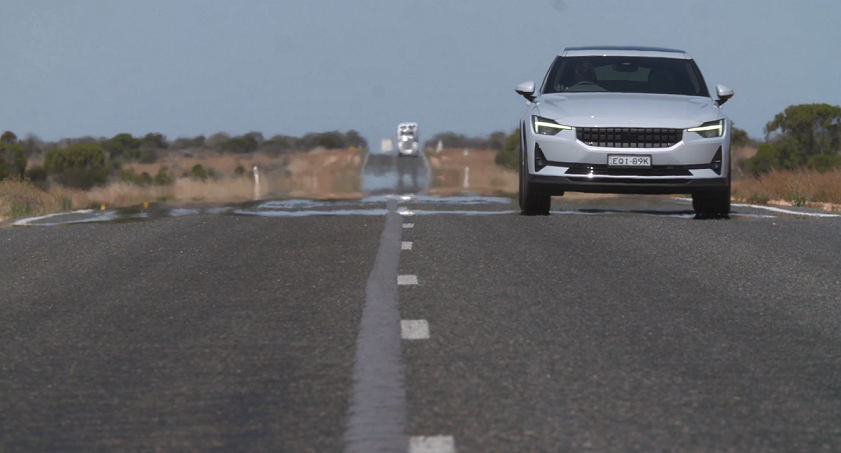





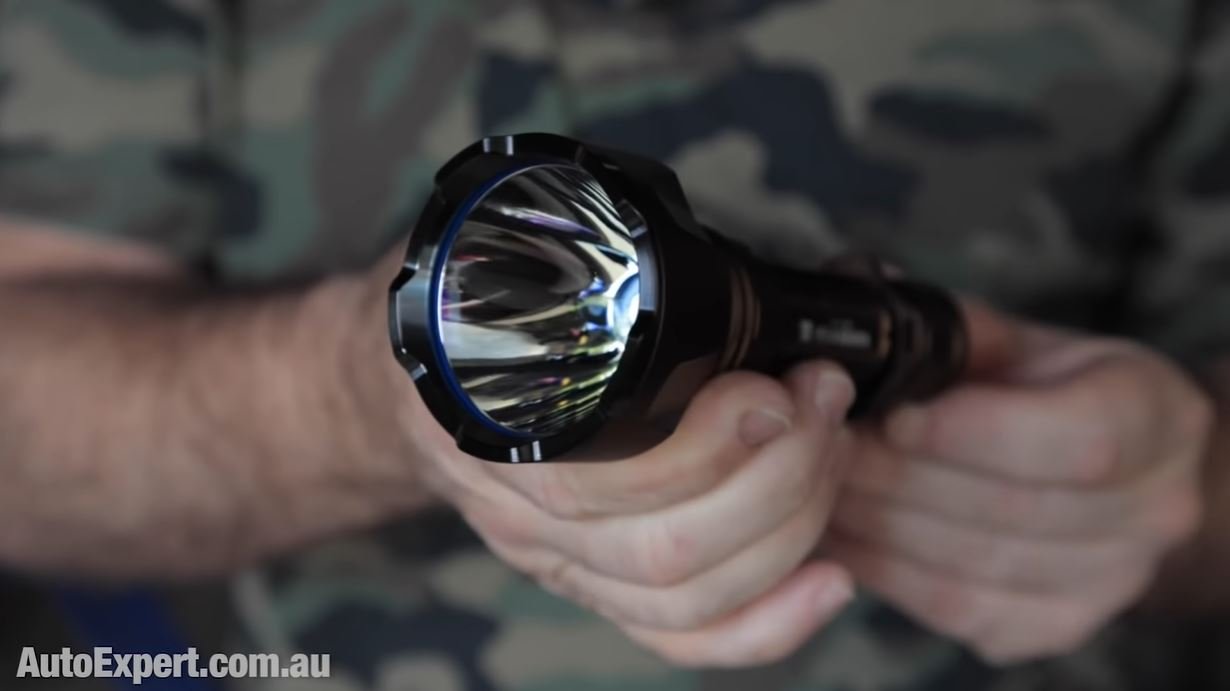




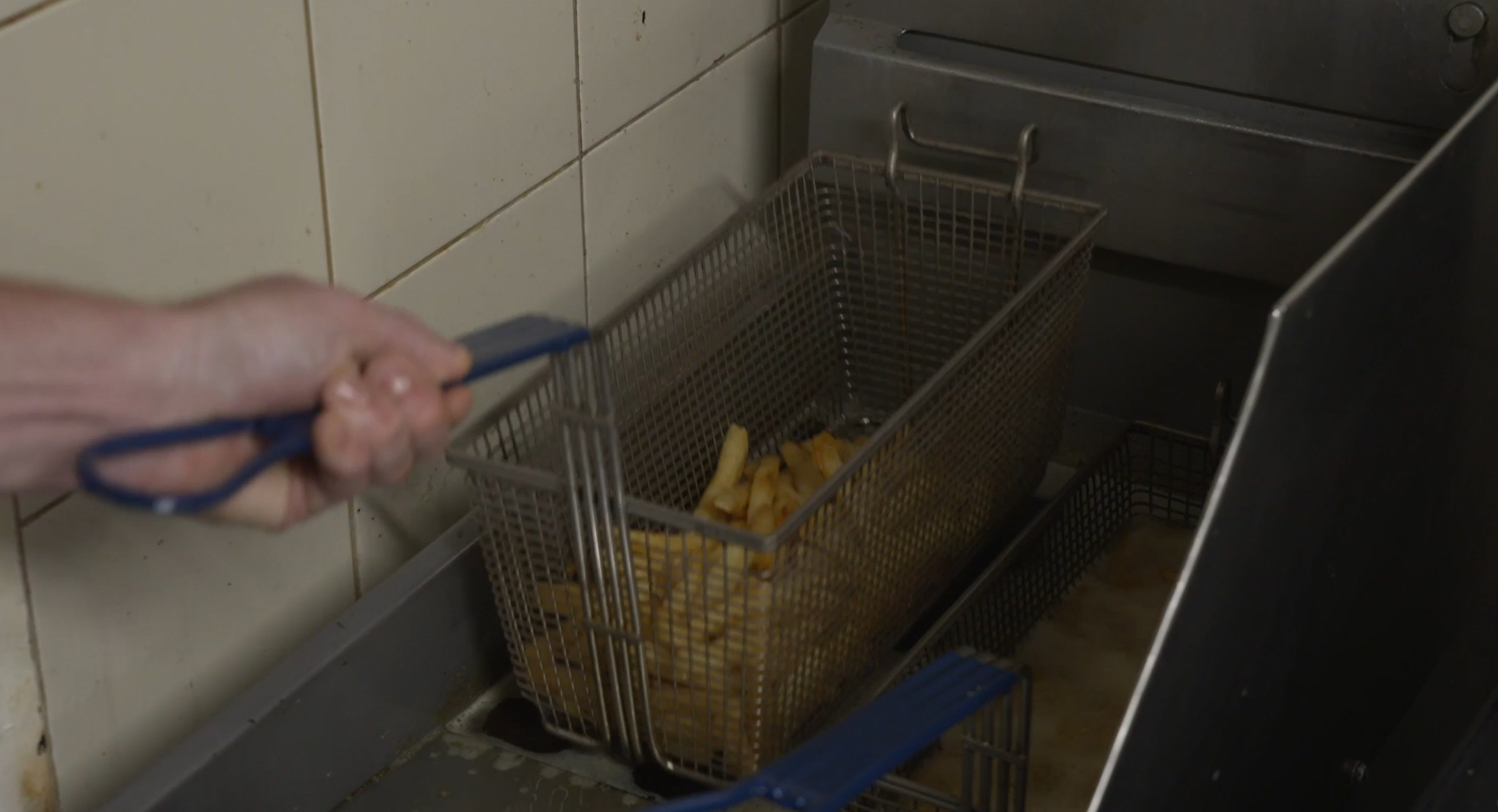
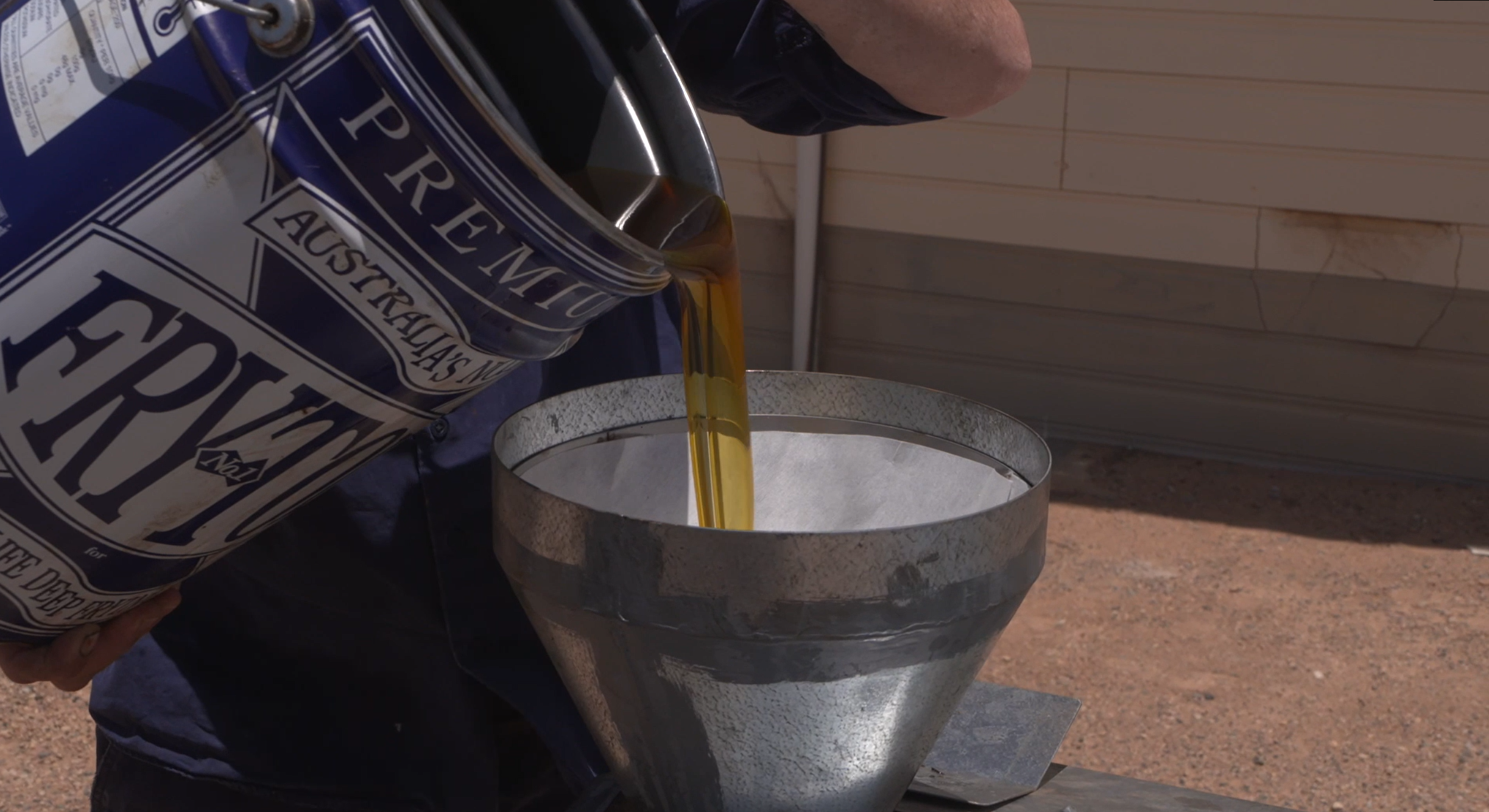
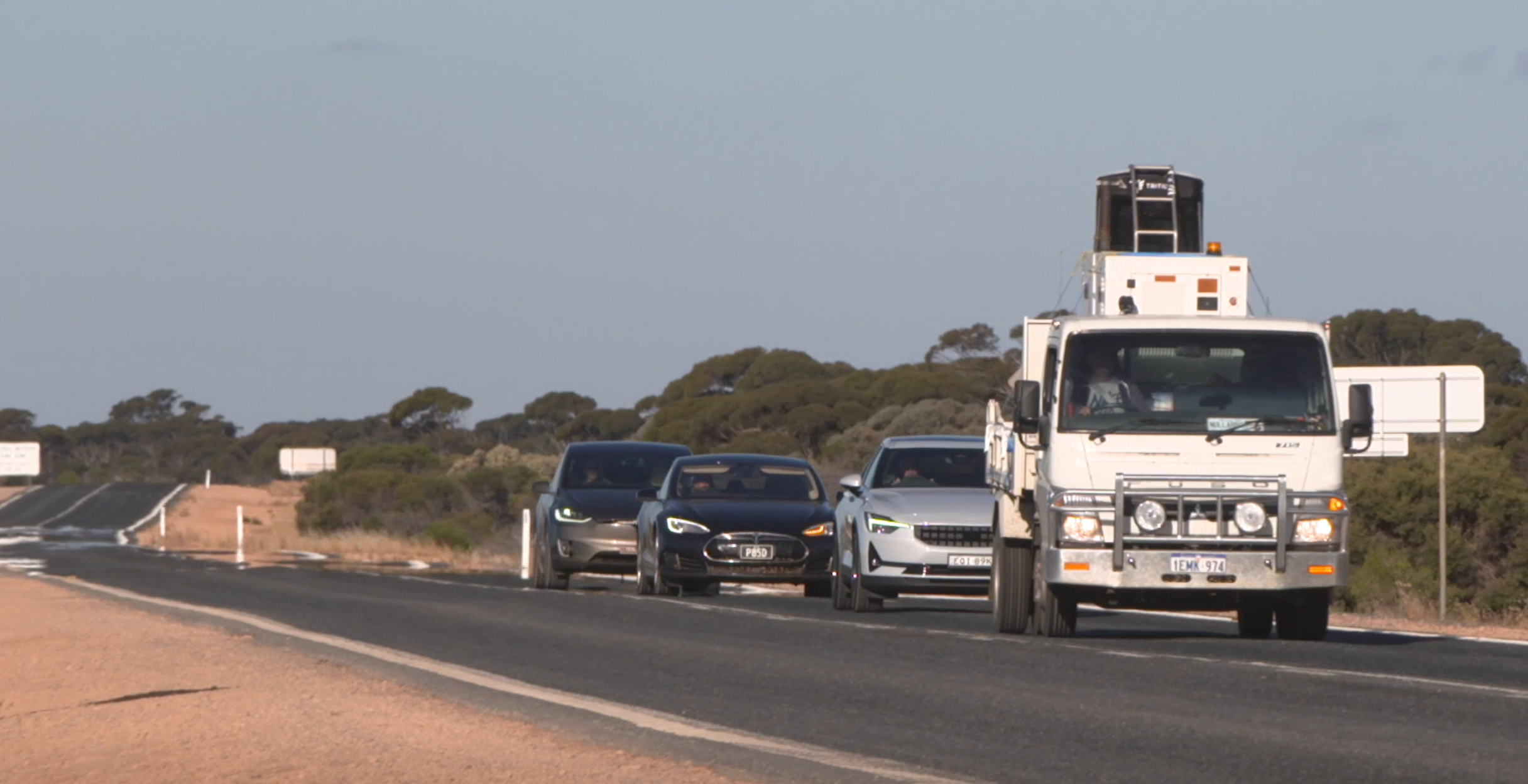
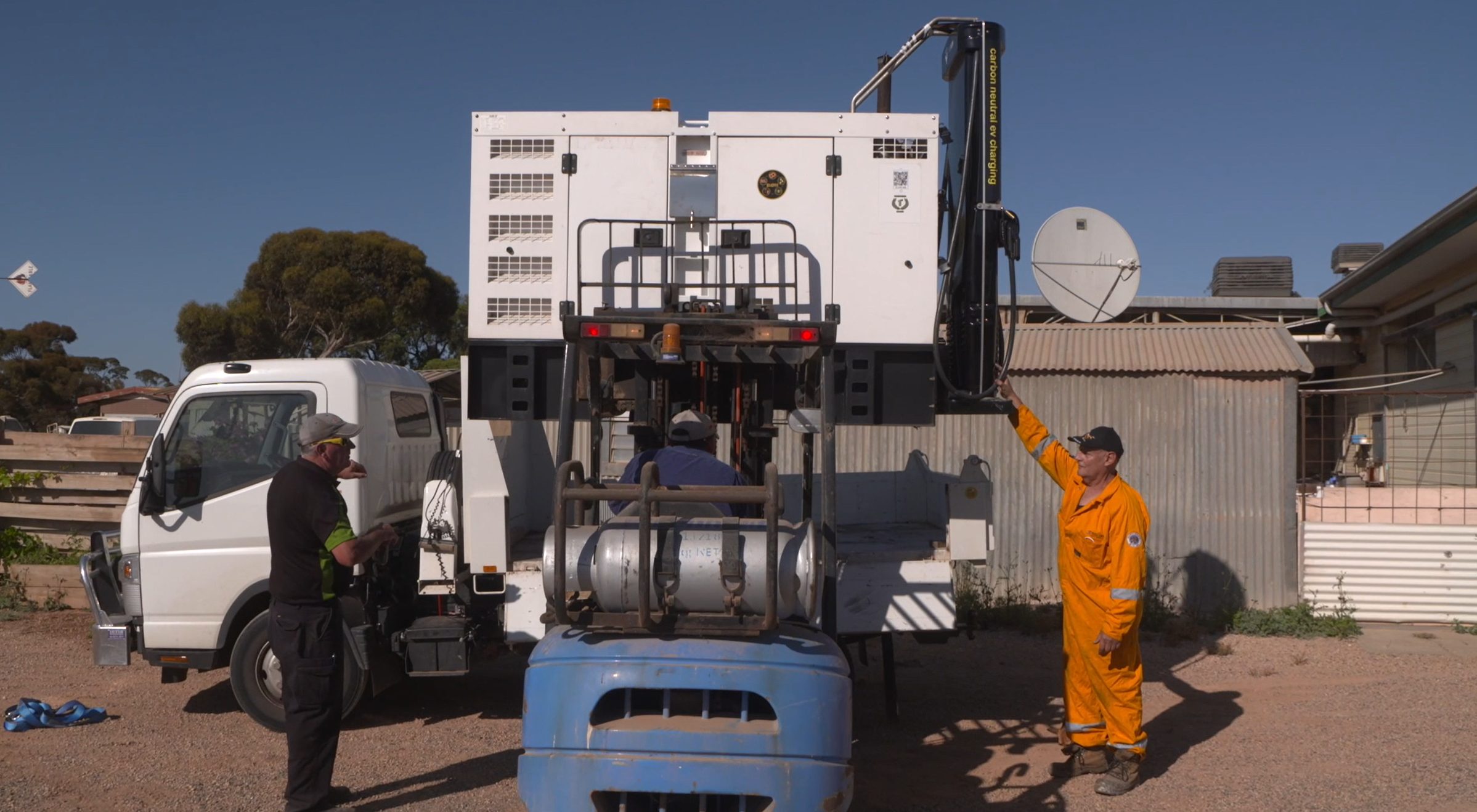











The Mitsubishi Outlander is an excellent-value seven-seat family vehicle with plenty of features and capability. It looks modern and tough, but you need to know if it’s going to be good enough compared with other medium SUVs.